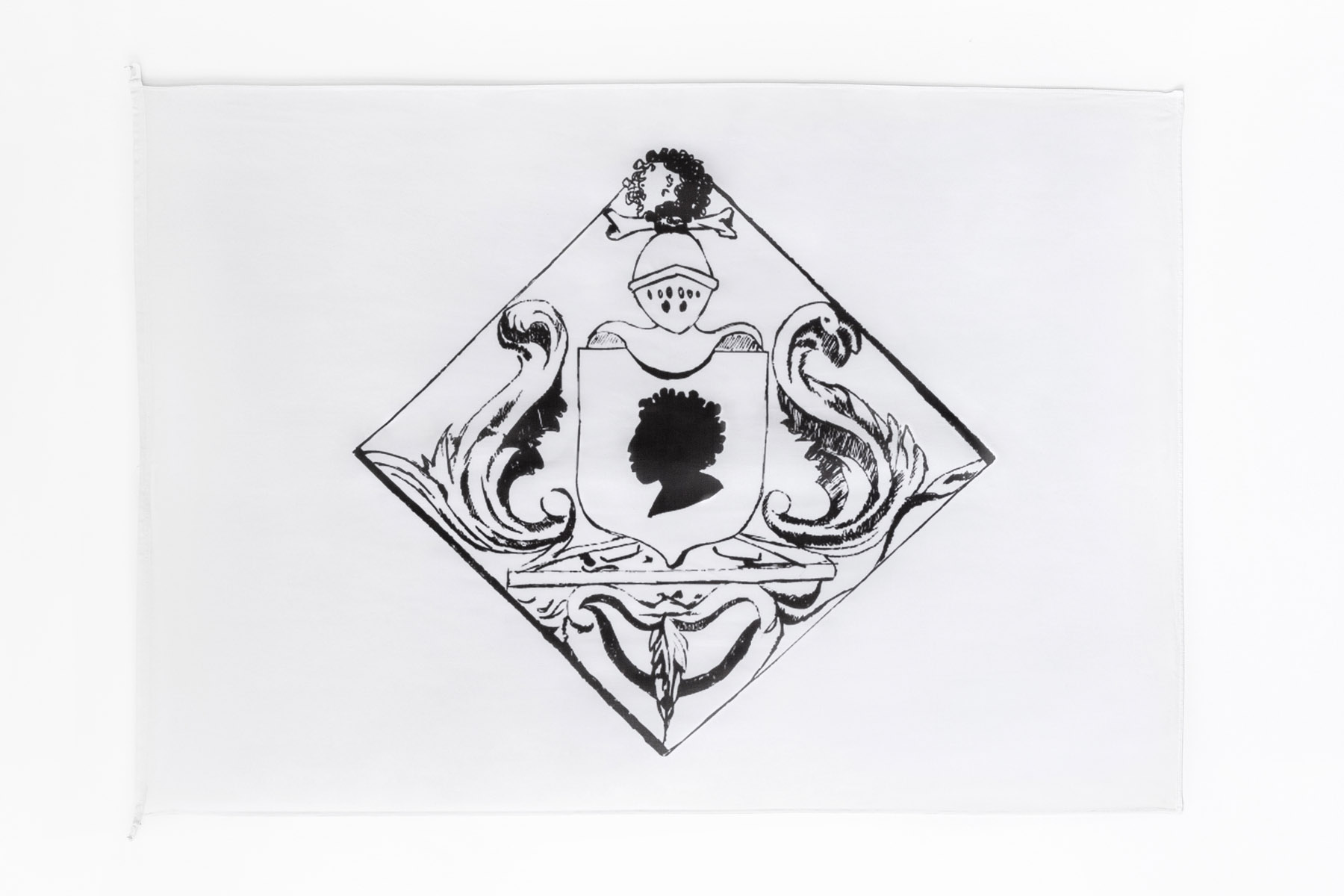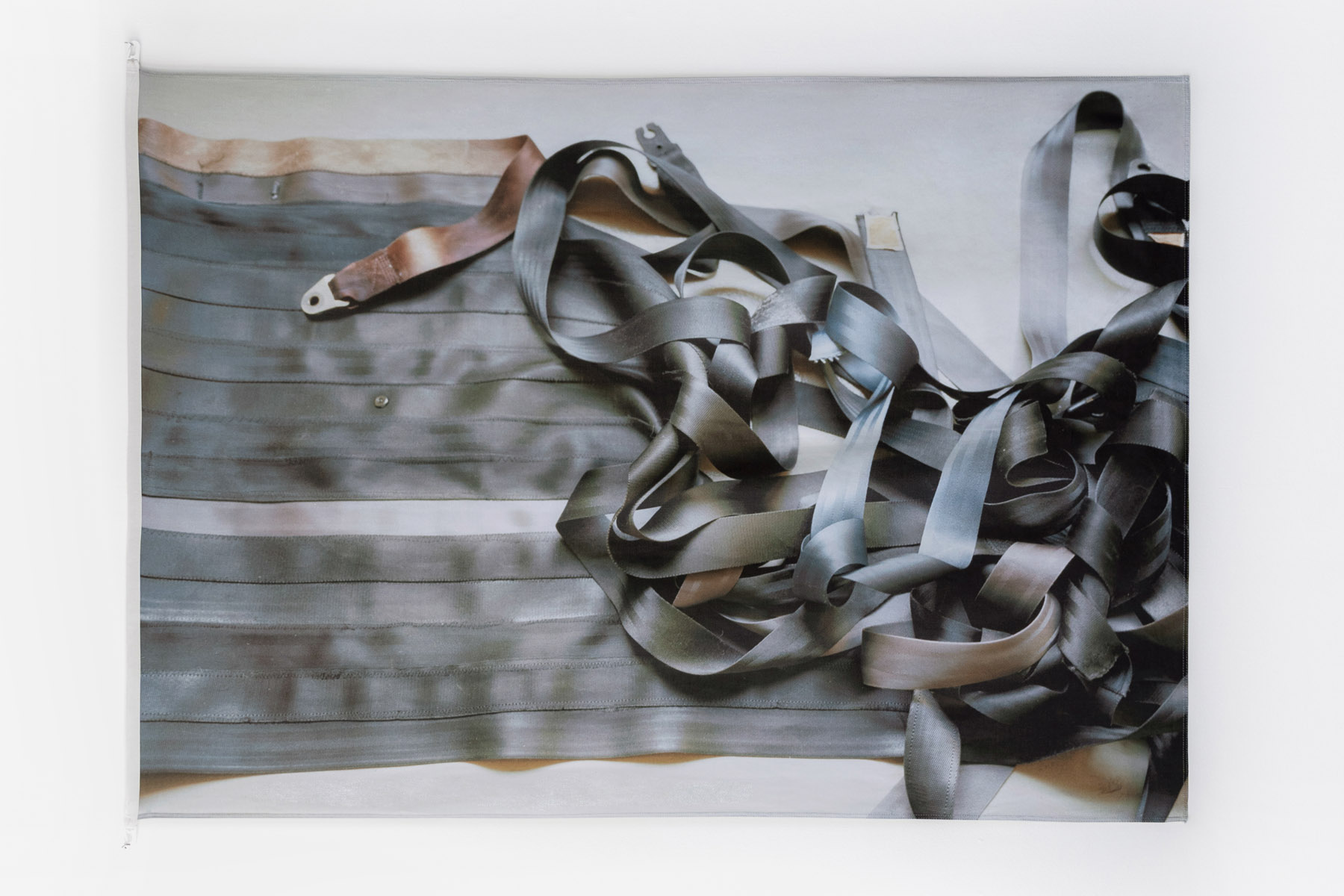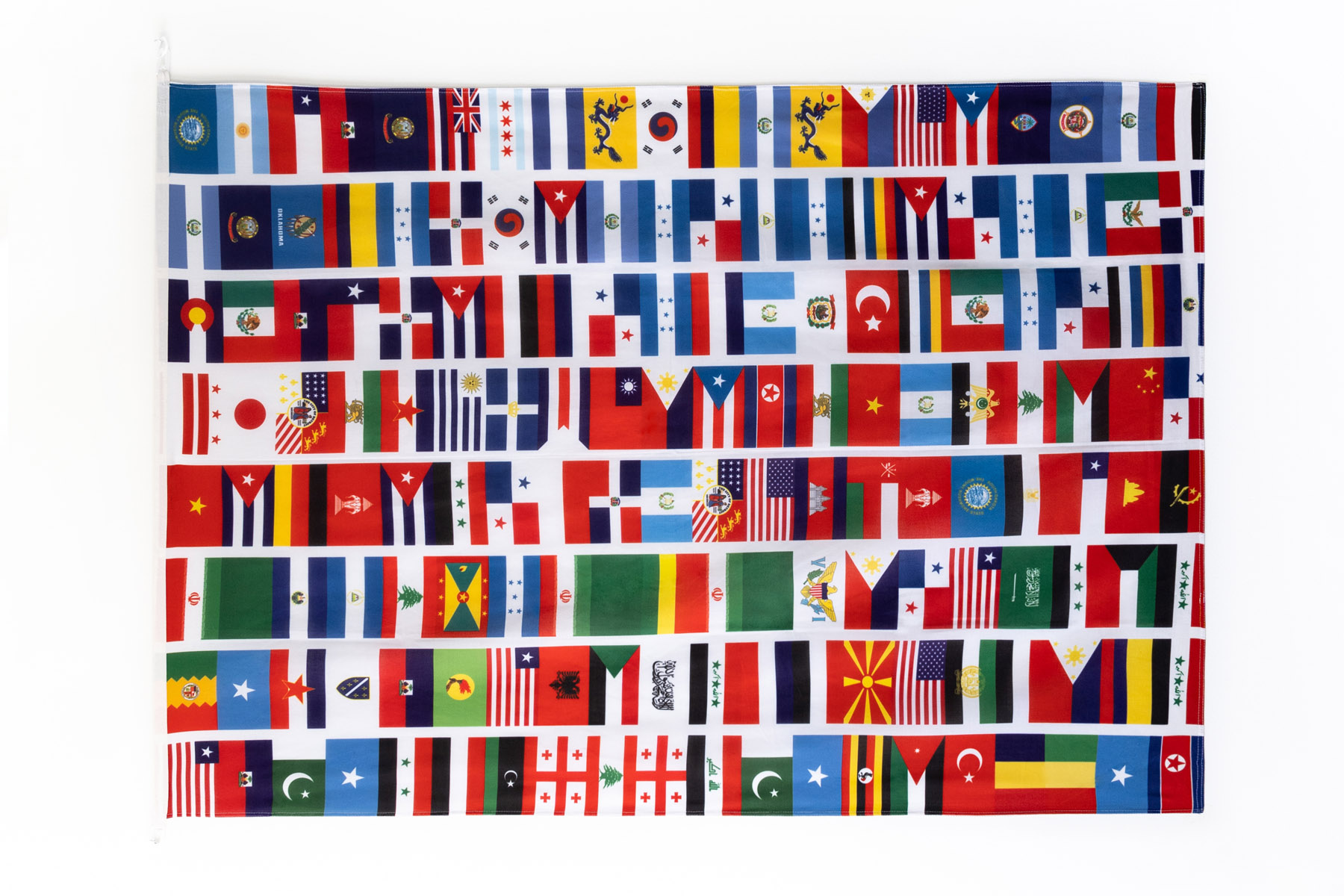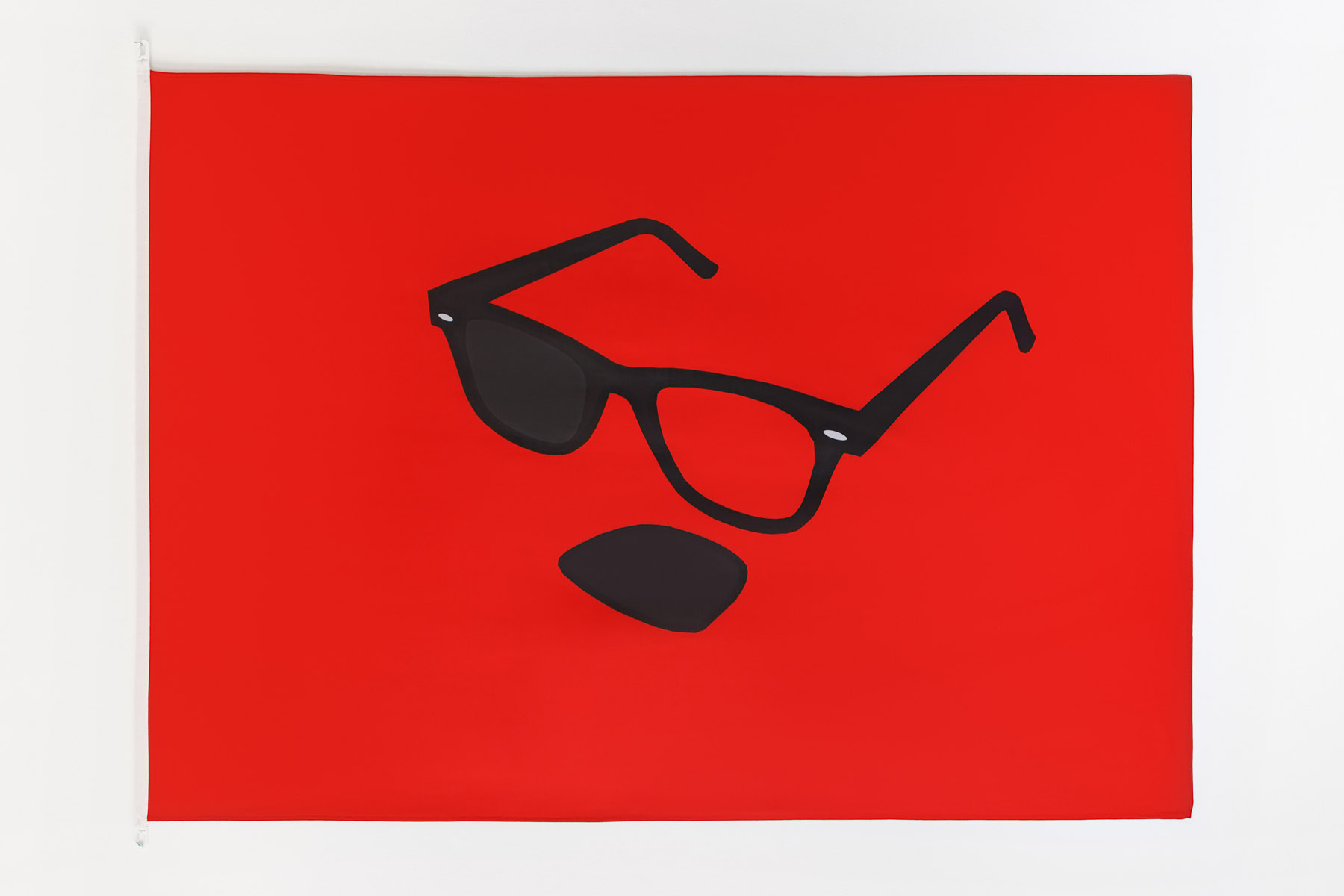Artists: Jørund Aase Falkenberg, Azar Alsharif, Marsil Andelov Al-Mahamid, A Practice for Everyday Life, Damir Avdagic, Rosa Barba, Javier Barrios, Wendimagegn Belete, Hildur Bjarnadóttir, Are Blytt, Christian von Borries, Maria Brinch, Marco Bruzzone, Tanya Busse, Danilo Correale, Espen Dietrichson, Leander Djønne and Lars Korff Lofthus, Sjur Eide Aas, Ida Ekblad, Sammy Engramer, Serina Erfjord, Juan-Pedro Fabra Guemberena, Kjersti Foyn, Mathijs van Geest, Ulrika Gomm, Steinar Haga Kristensen, Jeannine Han and Dan Riley, Tamara Henderson, Petri Henriksson, Lisa Him-Jensen, Laura Horelli, David Horvitz, Marianne Hurum, Toril Johannessen, Sanya Kantarovsky and Liz Magic Laser, Annette Kierulf and Caroline Kierulf, Ingeborg Kvame, Erik Larsson, Else Leirvik, Malin Lennström-Örtwall, Gabriel Lester, Lewis & Taggart, Klara Sofie Ludvigsen, Anna Lundh, Cato Løland, Cameron MacLeod, Jumana Manna, Valentin Manz, Dillan Marsh, Kyle Morland, Santiago Mostyn, Joar Nango, Jordan Nassar, Randi Nygård, Bathsheba Okwenje, Raqs Media Collective, Oliver Ressler, Borghild Rudjord Unneland, Athi-Patra Ruga, Arne Rygg, Andrea Spreafico, André Tehrani, Kristin Tårnes, Sandra Vaka, Kjersti Vetterstad, Lina Viste Grønli, Lin Wang, Bedwyr Williams, Magnhild Øen Nordahl, and Stian Ådlandsvik
Exhibition title: Unfolding Questions, Codes, and Contours
Curated by: Randi Grov Berger
Venue: Tromsø Kunstforening, Tromsø, Norway
Date: October 10 – November 20, 2020
Photography: all images copyright and courtesy of the artists and Tromsø Kunstforening
Unfolding Questions, Codes, and Contours is an exhibition filling the second floor of Tromsø Kunstforening to its brim with flags designed by artists. These works have previously occupied both private and public flagpoles, creating new and unpredictable encounters in sites ranging from the rural village of Nesflaten in Norway’s Rogaland County to the urban metropolis of Manhattan.
Activating empty flagpoles and exploring the flag as an artistic medium are the driving forces behind the project, which was initiated by the artist-run gallery Entrée, Bergen in 2012. Since the project’s inception, new flags have been regularly commissioned for the collection, and this retrospective brings together a total of seventy unique works by international artists and artist groups. Over the last five years, a different flag work has been showcased each month on the towering flagpole located in the park facing Tromsø Kunstforening’s historical building. Now, for the first time, the flags are united in a single exhibition, giving them a moment to rest while providing an opportunity to examine their details, colours, symbols, and complex meanings.
Hailing from twenty-six native countries, the featured artists express a rich diversity of perspectives, offering flags ranging from political protests to language games, from reversals of power structures to studies in colour and abstraction, and from historical mashups to poetic celebrations of gestures and rituals. Within the collection are works created to honour specific groups, suggest new territories, demand social change, and deconstruct propaganda.
Some of the flags play with our perception by revealing new information as we approach them, demonstrating the power of signs and at times illuminating state authority. Others address citizenship, asking key questions about identity, nationality, and inclusion while critiquing border controls in favour of more generous systems of co-existence. In certain works, pre-existing flags are scrutinized and dismantled through alteration and collage, and many of the artists’ flags confront the current climate crisis, such as Oliver Ressler’s controversial Oil Spill Flag, which stirred up a heated debate in Tromsø throughout the summer of 2020.
Essential themes in artistic practices are often amplified when transposed into flag format and displayed in public space. This is certainly true of Oil Spill Flag, which depicts the Norwegian national flag soaked with oil. When Oil Spill Flag was first presented outside Tromsø Kunstforening, right-wing politicians, including the local county’s governor, argued for it to be removed on the grounds that it is illegal to smear the country’s national symbol, and the flag was therefore in violation of Norwegian law. Others publicly defended Ressler’s work and pointed to Norway’s indisputable contribution to the climate catastrophe.[1]
The use of colours and symbols on flags has a long and complex history, studied in the field of Vexillology. The practice of designing flags is called vexillography, within which there are stringent regulations regarding colour, positioning, proportion, balance, typography, and overall aesthetic. Many flags in the exhibition break away from these customs while others engage with their ruling principles in new and intellectual ways. In confronting the conventions of flags, certain works cast aside the standard rectangular format and symmetrical mode of representation, while others actively abandon all national references, exploring what an ambivalent flag with no distinctive shapes or colours could represent.
Flags are strong symbols of power and typically communicate affiliations with nations, religions, associations, or identities. They are used both in warfare and celebration, and have many ceremonial rituals attached to them. Their symbolic value when burned or raised, whether fully or at half-mast, is universal. Lives have been risked in efforts to plant flags in the most inhospitable and weather-beaten of places, such as the North Pole and the world’s highest mountain tops, as well as underneath melting Arctic ice to claim ownership of future oil reservoirs. The culture of flag-planting (a recognized plague of so-called explorers driving flags into every last patch of land), has even been brought to outer space; the American flag was famously placed on the Moon in 1969, and the USA’s next goal is Mars.[2] Discussions are ongoing as to which flag should be planted there – should it rather represent the human race as a whole?
Throughout the summer of 2020, several historical monuments and statues representing colonial powers were torn down and destroyed publicly as an extension of the widespread demonstrations held in protest of systemic racism and police violence after the killing of George Floyd. Sparking similar opposition was the state flag of Mississippi, bearing the official emblem of the pro-slavery, Confederate States during the American Civil War. A longstanding source of trauma and division, the design was finally abandoned under increasing nationwide pressure, and at the time of writing, the state of Mississippi has no official state flag.
Other flags engage the public in more positive ways. In 1978, the American activist and artist Gilbert Baker designed the rainbow flag as an affirmation of unity and allegiance within the LGBT community. In doing so, Baker “discovered the depth of [flags’] power, their transcendent, transformational quality.” He continues: “I thought of the emotional connection they hold. I thought how most flags represented a place. They were primarily nationalistic, territorial, iconic propaganda – all things we questioned in the ‘70s. Gay people were tribal, individualistic, a global collective that was expressing itself in art and politics. We needed a flag to fly everywhere.” Now, in 2020, the rainbow flag is an established symbol of pride, dignity, and human rights, and several adaptations exist to represent a broader diversity of self-identifying groups.
A flag is inevitably a statement – publicly hoisting it up a pole makes it so. Yet, its lightness and customary outdoor placement render it unstable, left to the volatile forces of nature. A flag flaps helplessly upon its pole – or hangs around it, soaking wet – at the mercy of weather and misinterpretation in equal measure. Simple, familiar, yet full of contrasts, the flag is a format open to endless contradictions and permutations, as is eloquently demonstrated by the artists featured in Unfolding Questions, Codes, and Contours. Here, the flag reveals its limitless capacity to probe its own history, rewrite its own traditions, and extend its own legacy.
Iterations of the project have been presented at Entrée, Bergen (2012); L/R, Nesflaten (2013); Performa Biennial, New York (2013); Kunsthall Stavanger (2014); and Tromsø Kunstforening (2015 – 2020). All flags commissioned by Entrée, in collaboration with L/R, Performa, and Tromsø Kunstforening.
[1] Oil Spill Flag was stolen from Tromsø Kunstforening’s flagpole and, after the theft was reported to the police, a former supreme court attorney admitted to having taken it. The flag was returned, re-mounted, and stolen again, whereupon unidentified activists attempted to redirect attention to the subject matter of Ressler’s work by installing a flag borrowed from the local Circle K gas station in its place. [2] In June of 2020, United States President Donald Trump announced: “The United States will be the first nation to plant our beautiful American flag on planet Mars.”
Installation view, exhibition Unfolding Questions, Codes, and Contours at Tromsø Kunstforening (2020). All photos by Tromsø Kunstforening and Entrée
Anna Lundh, UNtitled
Installation view, exhibition Unfolding Questions, Codes, and Contours at Tromsø Kunstforening (2020). All photos by Tromsø Kunstforening and Entrée
Arne Rygg, YES, WE LOVE
Installation view, exhibition Unfolding Questions, Codes, and Contours at Tromsø Kunstforening (2020). All photos by Tromsø Kunstforening and Entrée
Cato Løland, ONYX, installation outdoor view
Installation view, exhibition Unfolding Questions, Codes, and Contours at Tromsø Kunstforening (2020). All photos by Tromsø Kunstforening and Entrée
David Horvitz, Give Us Back Our Stars
Athi-Patra Ruga, Azania
Athi-Patra Ruga, Azania
Installation view, exhibition Unfolding Questions, Codes, and Contours at Tromsø Kunstforening (2020). All photos by Tromsø Kunstforening and Entrée
Installation view, exhibition Unfolding Questions, Codes, and Contours at Tromsø Kunstforening (2020). All photos by Tromsø Kunstforening and Entrée
Jumana Manna, Parallel Black
Jumana Manna, Parallel Black
Installation view, exhibition Unfolding Questions, Codes, and Contours at Tromsø Kunstforening (2020). All photos by Tromsø Kunstforening and Entrée
Oliver Ressler, Oil Spill Flag
Installation view, exhibition Unfolding Questions, Codes, and Contours at Tromsø Kunstforening (2020). All photos by Tromsø Kunstforening and Entrée
Tamara Henderson, Old Hag Flag
Danilo Correale, Venture Capital
Danilo Correale, Venture Capital
Installation view, exhibition Unfolding Questions, Codes, and Contours at Tromsø Kunstforening (2020). All photos by Tromsø Kunstforening and Entrée
André Tehrani, From Wounded Knee to North Korea: A Graphic History of US Military Interventions
André Tehrani, From Wounded Knee to North Korea: A Graphic History of US Military Interventions
André Tehrani, From Wounded Knee to North Korea: A Graphic History of US Military Interventions
Installation view, workshop area, and map over 70 flags in Unfolding Questions Codes and Contours at Tromsø Kunstforening
Installation view, workshop area, and map over 70 flags in Unfolding Questions Codes and Contours at Tromsø Kunstforening
Installation view, exhibition Unfolding Questions, Codes, and Contours at Tromsø Kunstforening (2020). All photos by Tromsø Kunstforening and Entrée
Javier Barrios, Area G–3 / Quadrant Alpha A
Jørund Aase Falkenberg, New Flag
A Practice for Everyday Life, Flag
Wendimagegn Belete, Fidäl (ፊደል)
Hildur Bjarnadóttir, third space
Tanya Busse, Polar Purple
Lars Korff Lofthus and Leander Djønne, BEARded AXE
Ida Ekblad, Knotted Petiole
Toril Johannessen, UNSEE
Liz Magic Laser and Sanya Kantarovsky, Bow Flag
Lewis & Taggart, Black Holes
Cameron Macleod, The State of National Disappearance
Santiago Mostyn, Untitled (I Need a Miracle)
Joar Nango, The Sámi flag hand-drawn from memory by a white, middle-aged man
Jordan Nassar, A White Bird Over Your Heads
Borghild Rudjord Unneland, Flag for Homo Verecundus
Lina Viste Grønli, Change
Bedwyr Williams, The Bodybuilder’s Sunglasses
Stian Ådlandsvik, Fold
Annette Kierulf and Caroline Kierulf, It Will Come To You As Your Own Idea
Sandra Vaka, Blue Sky Sheet
Installation view, exhibition Unfolding Questions, Codes, and Contours at Tromsø Kunstforening (2020). All photos by Tromsø Kunstforening and Entrée
Mathijs van Geest, And Then It’s April Already
Installation view, exhibition Unfolding Questions, Codes, and Contours at Tromsø Kunstforening (2020). All photos by Tromsø Kunstforening and Entrée
Installation view, exhibition Unfolding Questions, Codes, and Contours at Tromsø Kunstforening (2020). All photos by Tromsø Kunstforening and Entrée





















































